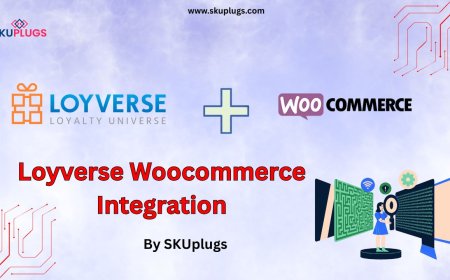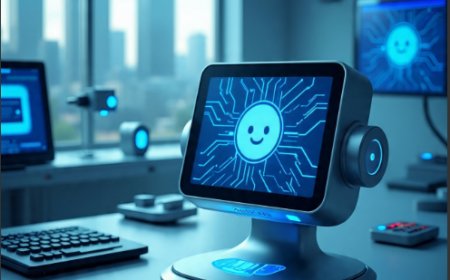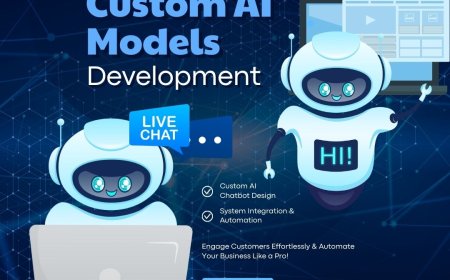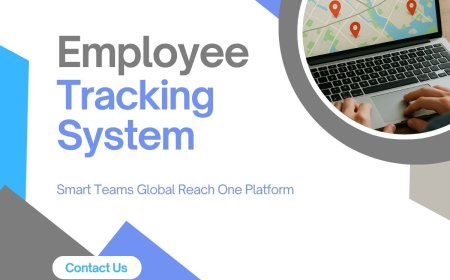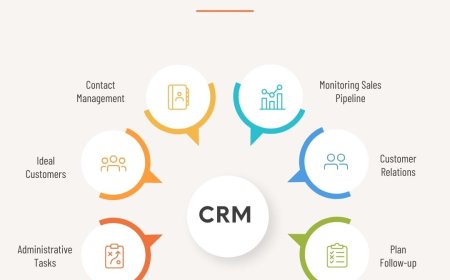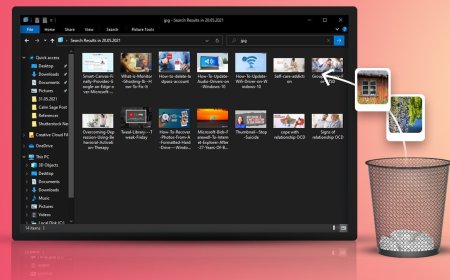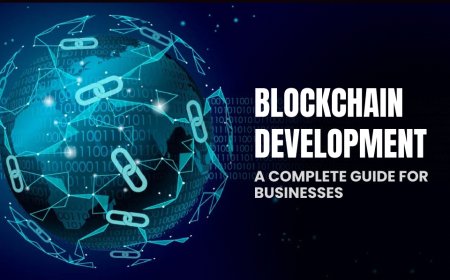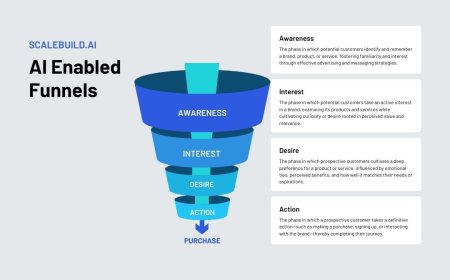Agent-Driven Architectures in Software Development: What You Need to Know
Explore agent-driven architecture in software development for 2025. Learn how autonomous agents, LLMs, and goal-based systems are shaping intelligent, adaptive apps.
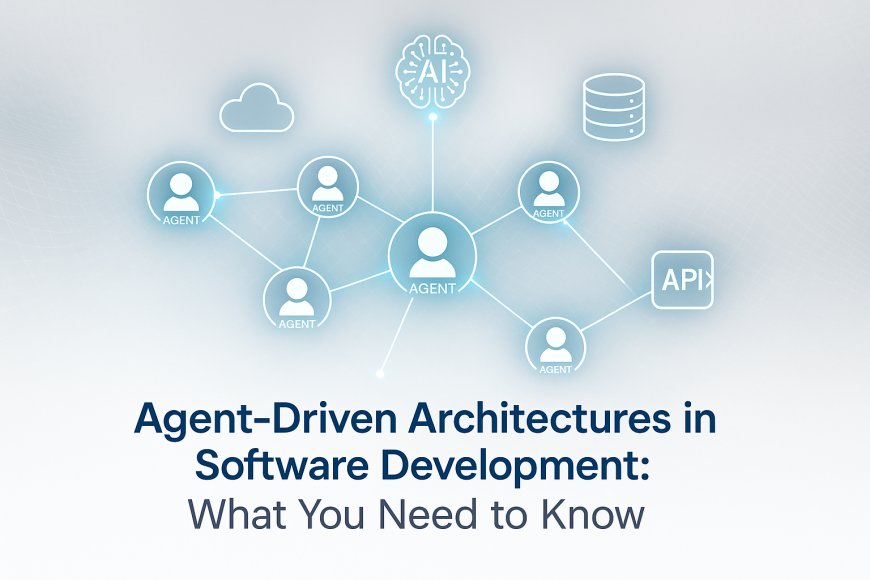
Lets face ittraditional software architectures are great, but they werent built for the kind of intelligent, responsive, always-on systems we expect in 2025. Enter agent-driven architecture: a fresh approach where autonomous, goal-oriented agents handle the heavy lifting.
This isnt just theory. From AI assistants to smart logistics and IoT ecosystems, agent-driven software is quietly becoming the backbone of tomorrows smartest apps. In this blog, well break it all downwhat agent-driven architecture really is, how its different from what youre used to, and why its worth paying attention to if youre building anything modern as a software developer or software development company.
What is Agent-Driven Architecture?
- Understands its surroundings (sensors or inputs)
- Makes decisions based on its goals
- Acts independently (or with others)
- Learns and adapts as it goes
Its like giving your software a bit of intelligence and a whole lot of autonomy.
What Makes Agent-Driven Architecture Special?
- Autonomous They run without needing constant human or system intervention
- Goal-Driven Every agent knows what its trying to achieve
- Reactive + Proactive They react to change but also take initiative
- Collaborative Agents can talk to other agents or systems
- Persistent They remember stuff; theyre not stateless like microservices
Why Developers Are Embracing Agent-Driven Systems?
- Scalable by Design: Agents can run independently across multiple environments
- Failure-Tolerant: If one agent fails, others can adapt or recover
- Flexible & Modular: Add/remove agents without breaking the entire system
- Smarter Experiences: They personalize, learn, and react like AI copilots
Its not just about cool techits about building software that thinks.
Agent-Driven vs Microservices vs Event-Driven
| Feature | Agent-Driven | Microservices | Event-Driven |
|---|---|---|---|
| Autonomy | High | Medium | Low |
| State Management | Persistent | Mostly Stateless | Stateless |
| Communication | Peer-to-peer | REST/API | Events & queues |
| Intelligence | Embedded AI | Service logic only | Basic rules |
| Flexibility | Adaptive | Harder to change | Medium |
If microservices are reactive and rule-bound, agents are proactive and goal-driven.
Where Youll See Agent-Based Architecture in Action
- AI Assistants ChatGPT plugins, GitHub Copilot, Replika bots
- Smart Homes Systems that adapt to your routine and voice
- Fintech & Trading Bots AI agents making fast, data-driven decisions
- Healthcare Wearables that monitor and respond to real-time signals
- Logistics Dynamic routing, inventory agents, automated restocking
These arent ideas. These are live, production-ready systems powered by agents.
Tech That Powers Agent-Based Systems
- OpenAI + Function Calling Add reasoning to agents
- LangChain, CrewAI, AutoGen Build LLM-based autonomous systems
- MAS (Multi-Agent Systems) Coordination strategies from AI research
- WebSockets, Pub/Sub, ROS For real-time and distributed communication
Design Tips for Agent-Driven Architecture
- Define Clear Goals: Dont build aimless agentsgive them missions
- Think Decentralized: Avoid central coordinators, let agents self-manage
- Use Strong Messaging Patterns: Agents must talk reliably
- Track State & Context: Long-term memory is key to intelligence
- Expect Emergence: Agents can behave in unexpectedbut usefulways
- Debugging can be hard with distributed, autonomous actors
- Too many agents? System noise or conflicting goals
- Need secure, trusted environments (especially for financial/health agents)
- Overhead if agents arent well designed
If youre building modern apps in 2025, especially anything AI-powered, you owe it to yourself to explore agent-driven architecture. Its not about replacing what worksits about building smarter, more human-like systems that adapt in real time.


















